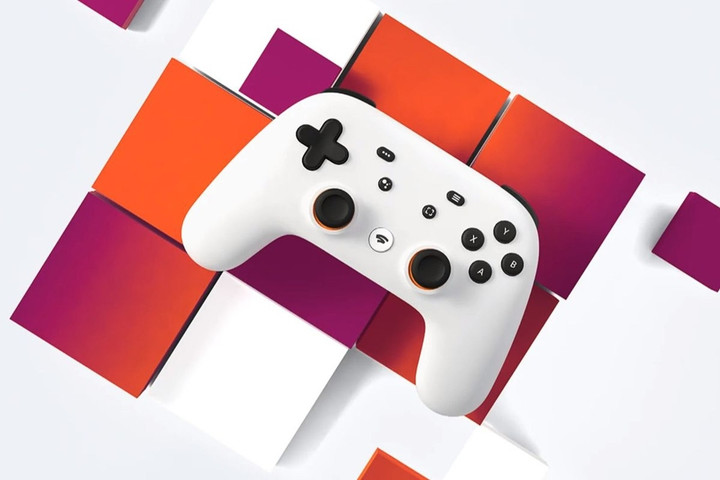Transcript of Esports In Less Than 3 Minutes by Matt Simpson - January 2020
On the 19th November 2019, Google launched the Stadia, and with it changed the face of everything we know about video games forever. Or, maybe not... In fact, the Stadia released to somewhat mixed reviews. Whilst many praised the technology of game streaming, the surprisingly comfortable controller and how clever the whole bloody thing is, there was also a lot wrong with it. Difficulties setting up, a pathetic launch lineup of old games, and a swath of technical issues covering latency, FPS drops and frequent crashes only scratch the surface of Stadia’s issues.
Google tried to pitch Stadia as the future of gaming, and the premise may seem compelling: no more need for consoles, access all your games anywhere, any time, on any device. Just grab your controller, open up your Chrome browser, press a button, and start playing. The Netflix of video games, what could possibly go wrong? Actually, a lot. Let’s start with latency. For those unaware, latency is the delay from pressing a button on a controller to its registered in the game. Most latency on home consoles and PC can be counted in the milliseconds, basically unnoticeable to the human eye. For Google Stadia and game streaming more generally though, it’s a lot LOT more. Imagine trying to play Destiny with half a second of lag between every button press. Shots will inevitably miss, movement would be unbearable, even the menus would be a pain to navigate.
Then there’s the frequent frame drops and overall quality. The Stadia launch promised 4K 60 FPS streaming on home platforms for its top members. Depending on having super-fast fibre broadband at home. So long as you don’t mind it being upscaled from 1080p 30FPS. With occasional frame drops of loss in quality when the connection wobbles. Or losing the ability to play altogether if your internet cuts out. And that’s if you can even get the thing working. Setup to make Stadia work is less than ideal. You’ve got to plug in your Chromecast, set it up, download Google Home, set it up with your Chromecast, download the Stadia app, connect your Stadia controller, run the app, find that something has gone wrong and start all over again. This is the future apparently.
Stadia’s launch lineup hasn't helped matters. The original released with just 12 games, 11 of which were already on other consoles, with a further 10 added prior to launch, none of which improved the situation very much. Yes this game streaming business might be very clever, but why would anyone choose to play games they’ve already played on a worse and underdeveloped platform for more money (plus a sodding subscription on top of that!) that suffers from latency issues, disconnection, frame drops and a host of other problems? As you can probably tell, I think Stadia is inadequate at best, and abysmal at worst. But I’m not actually down on game streaming per sé. The idea of having access to your games anywhere at any time is actually pretty good. However, I think Google has gone about this all wrong. Really, streaming consoles need to find their niche in the world of gaming to work. So for example, at home I have a gaming PC I use for FPS and PC RPGs, a PS4 I use for action RPGS and sports games, and a Switch I use for Indie games. Each console has its strengths and weaknesses, and I chose my game for each platform based on that.
Fast-paced, reflex-dependent games like FPS titles or racing games will never work on streaming platforms; the latency is impossible to get rid of. Beautiful AAA titles have a similar problem, as well as suffering from a user base who most likely won’t have the internet required to run them at the quality consoles can. But indie games, slower-paced RPGs, horror games, where controller delay, a loss of frames, even some technical issues matter less? Those I can see working.

 No ads, our video library,
No ads, our video library,

